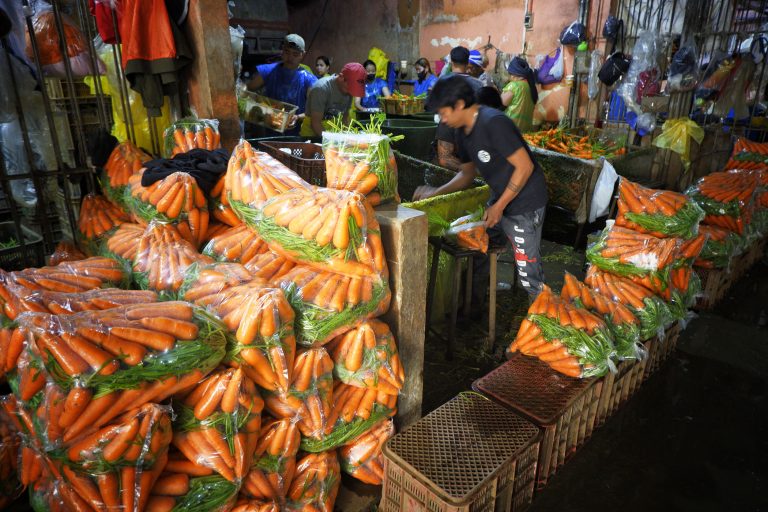BAGUIO CITY – The Office of Civil Defense (OCD) said disaster risk management, preparedness and resilience must become part of the Filipino way of life, given the constant threat of natural calamities.
“In recent months, we all experienced the successive battering of typhoons Crising, Dante and Emong, which destroyed properties, flooded communities and caused rivers to overflow,” OCD Assistant Secretary Cesar Idio said during Monday’s opening of the three-day Cordillera Regional Disaster Risk Reduction Management (DRRM) Summit here.
“Disasters do not choose the time, day or place. Preparedness must be part of daily living — not just during typhoons, but as a culture.”
Idio said the regional DRRM summit is part of non-stop initiatives to widen the reach of the campaign on preparedness, readiness and participation before, during and after a calamity.
“This is proof of our goal to make resilience not just a responsibility of one office or institution but is a collective effort of all residents,” Idio said.
He said the Philippines experiences about 20 typhoons annually, 70 percent of which occur from July onwards.
Senator Loren Legarda, in a video message, noted that the Cordillera is among the most disaster-prone regions in the country, recalling the magnitude 7 earthquake that struck Abra in 2022.
She cited a 2024 Harvard study ranking Cordillera high in preparedness, scoring 24 out of 50 in planning, training, investment, information and social support.
The senator called for collaborative action among government, private sectors, civil society and communities, and urged support for local adaptation measures such as rainwater harvesting, food gardens, renewable energy use, zero-waste practices, and planting bamboo or mangroves to prevent landslides and coastal erosion.
“Reducing risks and saving our planet are tasks no one can afford to overlook,” she said. “Disasters do not discriminate — they worsen inequalities, pushing the most vulnerable further to the margins.”
The summit gathers DRRM practitioners, local leaders, civil society groups, and academics from across the region as part of the National Disaster Resilience Month, originally in July but postponed due to recent storms.
IP culture makes communities safer
Meanwhile, OCD-Cordillera Director Albert Mogol said the rich knowledge and practices of indigenous peoples (IP) continue to make communities safer, proving effective in times of disaster and crisis.
Mogol recalled how Sadanga in Mountain Province, under the late Mayor Gabino Ganggangan, relied on binnadang, a culture of cooperation, during the pandemic, sustaining the town through shared resources without outside aid.
He said binnadang is seen in many situations, from neighbors helping without being asked during calamities to providing food, materials, and labor for celebrations, funerals, and search-and-rescue efforts.
Mogol added that rituals, such as animal sacrifices led by mambunong (native priests), are performed annually to seek guidance from ancestors, a tradition locals believe has kept major disasters at bay since Typhoon Ompong in September 2018.
While these indigenous practices remain alive, he stressed the importance of combining them with science, technology, and innovation (STI) to build stronger, more resilient communities.
“When we blend our cultural values with STI, we create a Cordillera region that is both rooted in tradition and prepared for modern challenges,” Mogol said. **Liza Agoot

